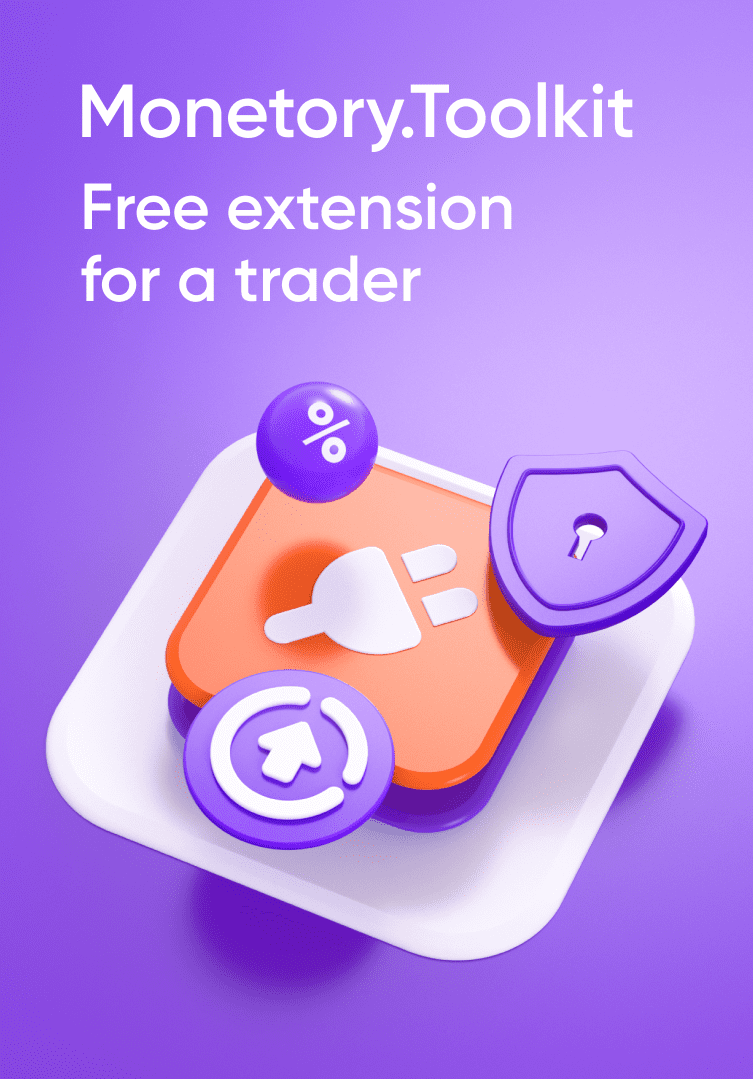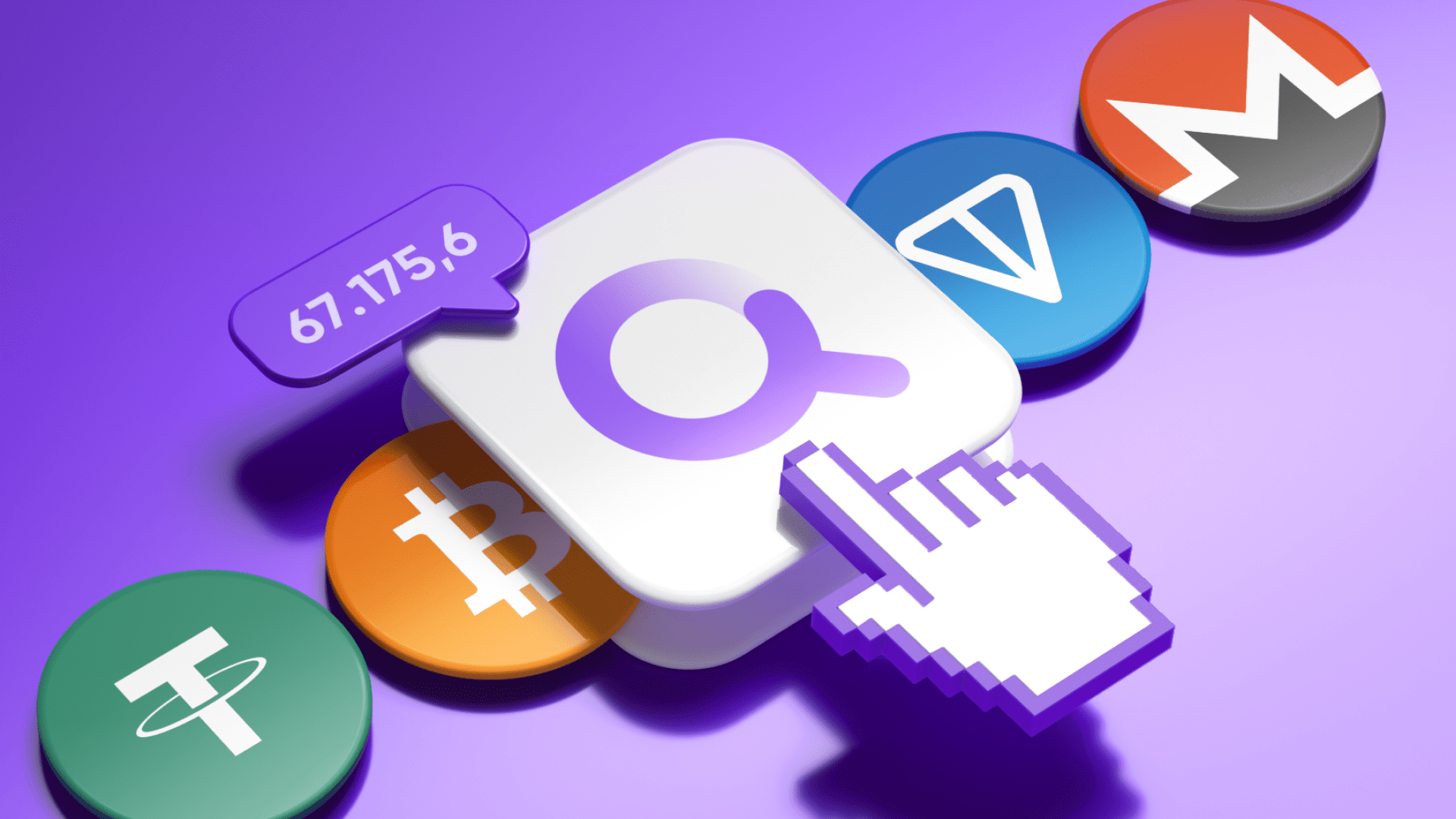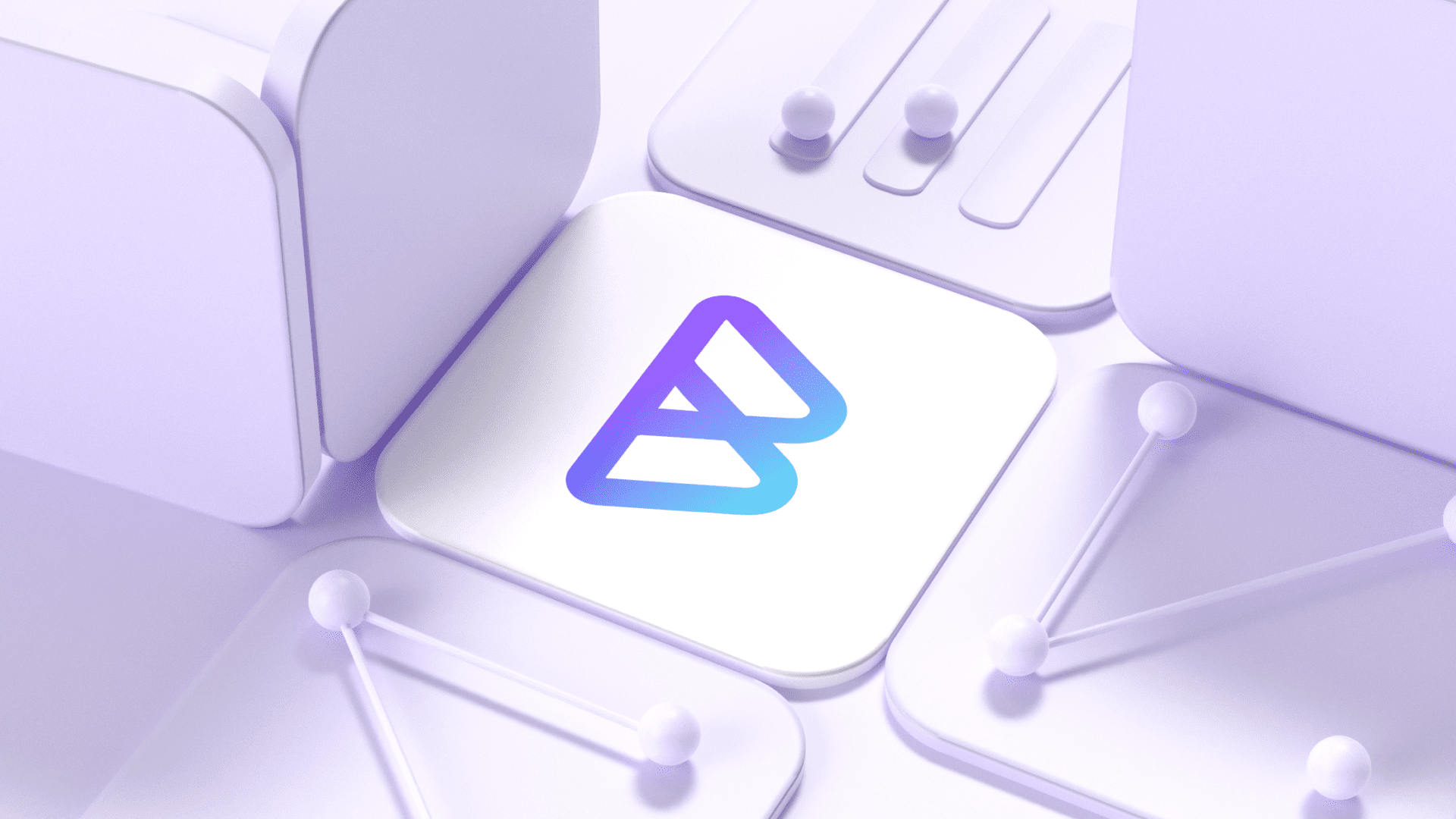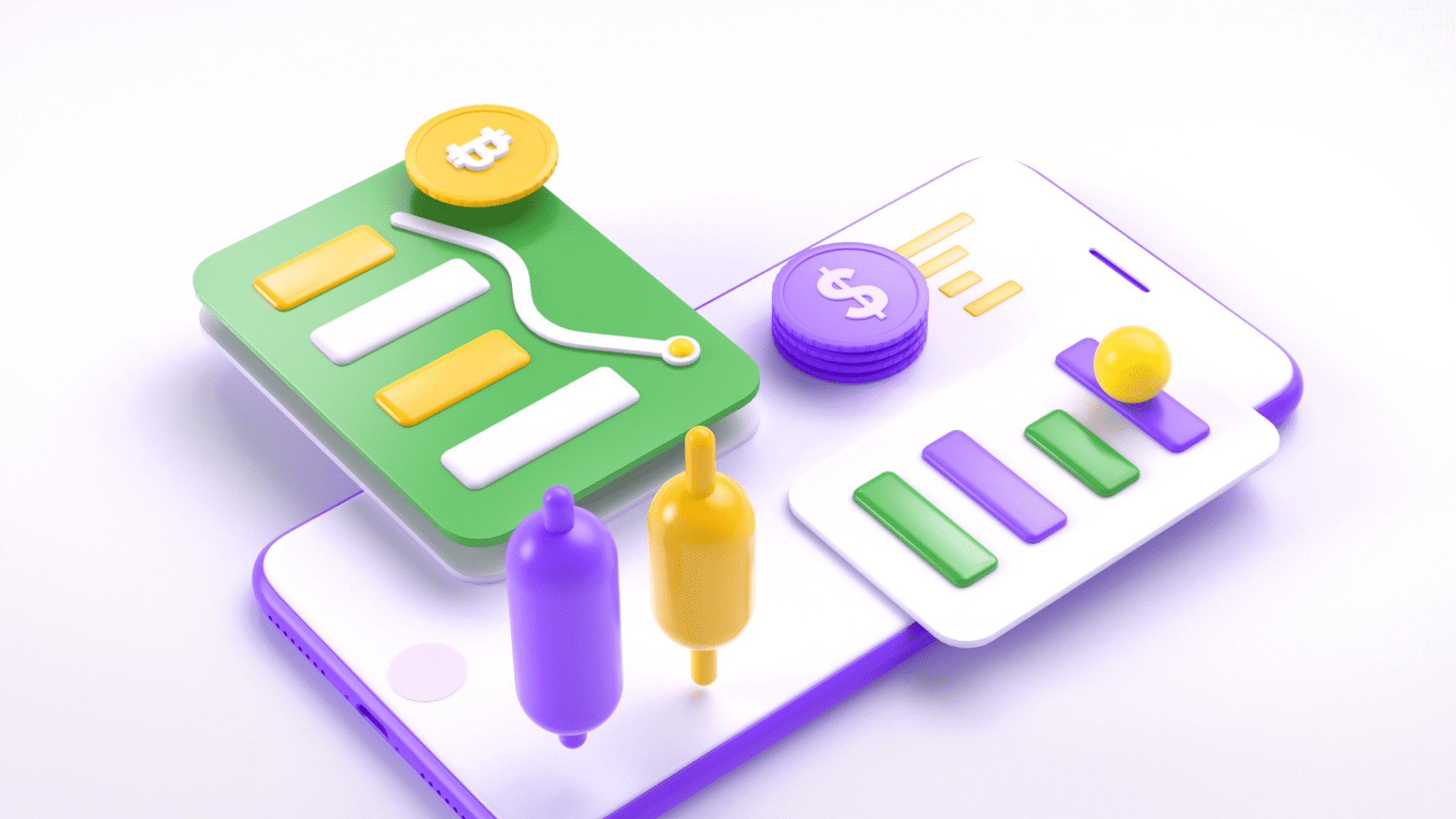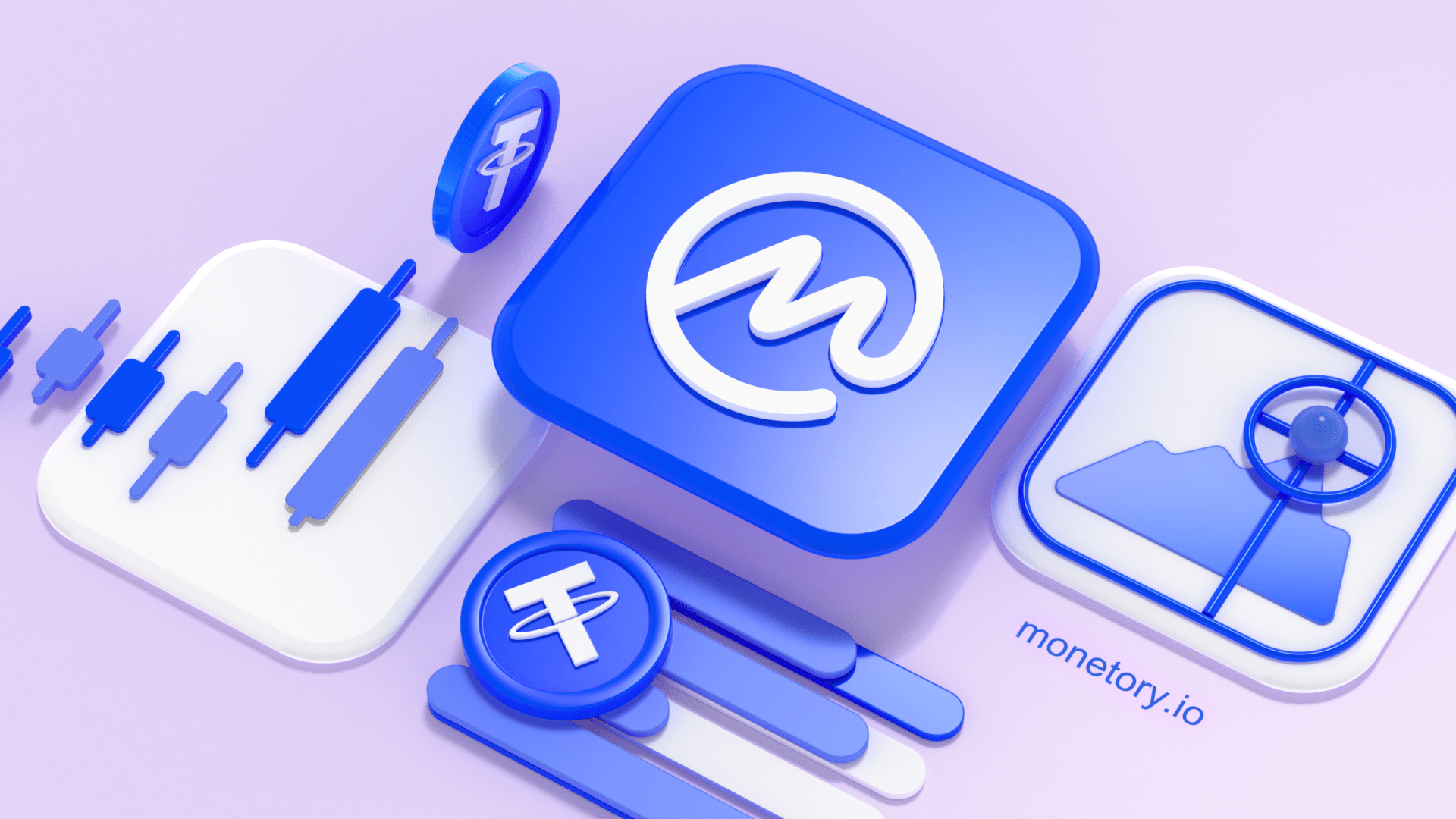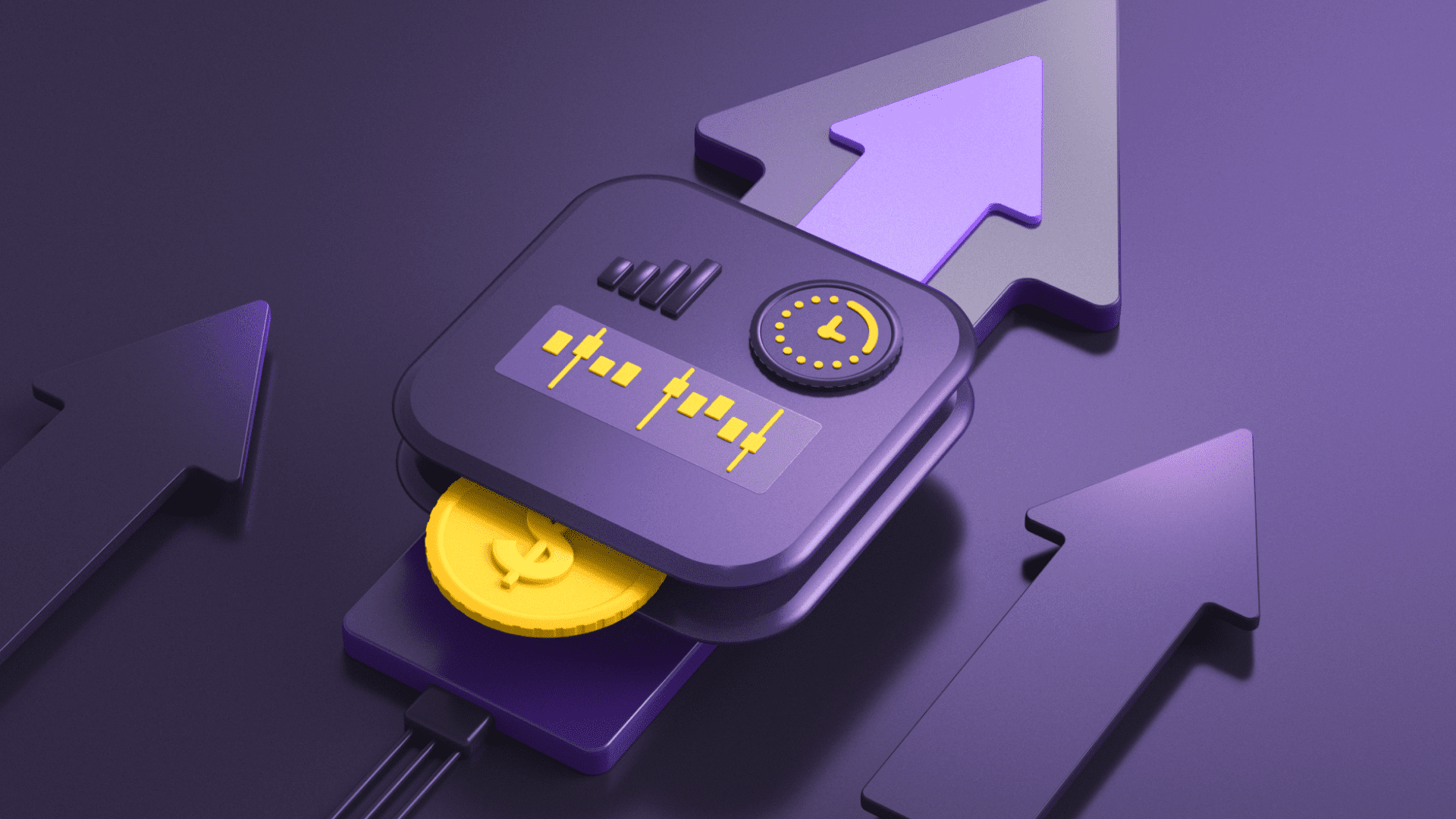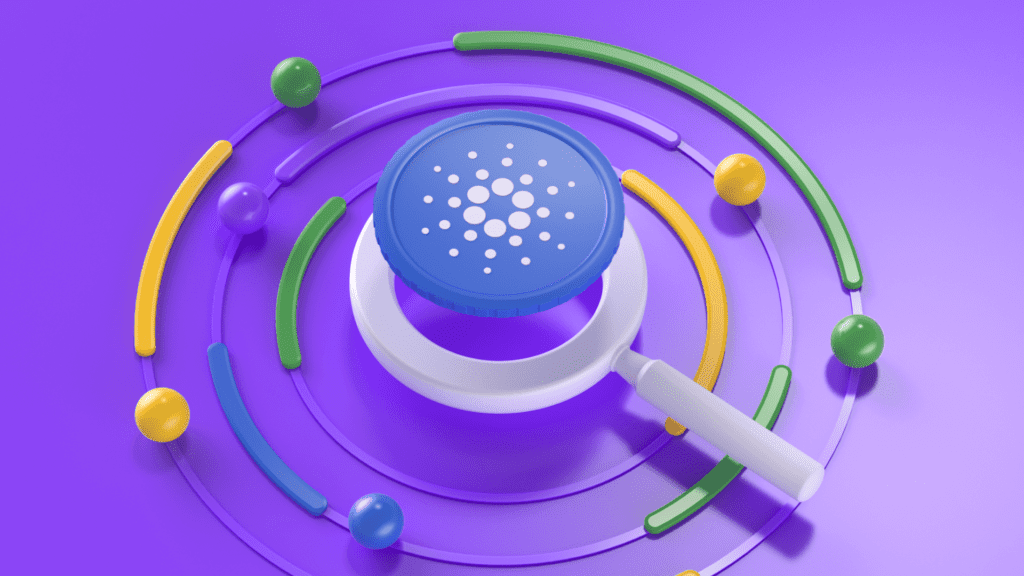
Cardano is a one-of-a-kind public blockchain platform developed using a scientific approach to create a truly scalable, flexible, and reliable foundation for launching decentralized applications and financial services. But why do we need another blockchain platform, and how is Cardano different from others? Let us look at what Cardano means for crypto enthusiasts by the end of 2023.
Specific Goals for Creating Cardano
The Cardano developers set ambitious goals for themselves. Here are the main ones:
- To become the underlying protocol for building a fully-featured next-generation international financial system. This system should support cryptocurrency transactions, tokenization of any assets, and provide access to decentralized financial services.
- To enable low-cost, instant, and completely safe micropayments on a massive scale. It will allow the everyday use of cryptocurrencies for paying for coffee, transportation, store purchases, etc.
- To create a truly global system of decentralized governance based on blockchain technology. It should have built-in mechanisms for open voting on significant issues and decision-making by consensus.
- To build a highly scalable smart contract execution environment that will easily enable the creation of complex decentralized applications in virtually any field: finance, logistics, healthcare, science, etc.
- To implement an eco-friendly blockchain model that won’t pollute the environment as much as Bitcoin and any other POW coin. The plan is to achieve it through innovative solutions in the field of consensus algorithms.
A Brief History of Cardano
This project was founded in 2017 by engineer Charles Hoskinson, co-founder of Ethereum, and a group of experts including professors from Oxford, Edinburgh universities, Illinois Institute of Technology, and Massachusetts Institute of Technology staff.
Milestones in the History of Cardano:
- 2015 — Forming the initial philosophy and starting scientific research
- 2017 — Launching the first Cardano component — Cardano Settlement Layer
- 2020 — Launching the test version of the Cardano Computation Layer code-named Ouroboros
- 2021 — Launching the Cardano test network with smart contract support
- 2022 — Full launch of the Cardano Computation Layer
What is ADA
It is the native token of the Cardano blockchain that performs several critical functions in its ecosystem. So, what is the Cardano ADA coin used for:
- It serves as a means of exchange and transactions between all participants of the system. Essentially, it is the fuel that powers Cardano.
- ADA is good for paying fees for conducting transactions on the network. The fee in Cardano is low, around 0.3 ADA per transaction.
- It serves as a staking mechanism — delegating the right to validate new blocks of transactions in the blockchain. For staking, ADA holders can earn a passive income of around 5-7% annually. Extremely lucrative!
- It provides rights for managing the Cardano blockchain and voting on issues regarding its development as part of a decentralized treasury model.
- ADA is also used to pay for resources and access different functionalities of decentralized applications in the Cardano ecosystem.
Currently, there are around 35 billion ADA tokens in circulation. The maximum total supply will not exceed 45 billion — Cardano crypto coins have a limited emission, just like Bitcoin. It makes it deflationary.
How Cardano Works
What makes the Cardano blockchain exceptional? The foundation of Cardano is built on the Ouroboros Proof of Stake consensus algorithm. It provides the platform with truly impressive characteristics: a transaction throughput of about 250 transactions per second, minimum fees, and low energy consumption.
From an architectural standpoint, Cardano consists of two key components:
- The Cardano Settlement Layer (CSL) is responsible for executing ADA token transactions, organizing the staking mechanism, and providing security for the entire system. It uses the Ouroboros algorithm for consensus.
- Cardano Computation Layer (CCL) is designed for developing and executing smart contracts and launching fully-featured decentralized applications. It is fully compatible with the Ethereum EVM standard. It uses the Basilisk algorithm for consensus.
This separation increases optimization, compatibility, and the security of the entire platform.
FAQ
Who is ADA named after?
It is an abbreviation of Ada Lovelace — the name of a famous mathematician and the world’s first computer programmer. Developers of Cardano decided to pay tribute to her and her contribution to the development of computer science and programming this way.
What is so special about Cardano?
Cardano was developed using strict scientific research and testing methods. It gives it an extremely high level of reliability and security. Its architecture is unique and consists of two separate layers — the settlement layer (CSL) and the computation layer (CCL). It allows for optimizing performance and scaling the system. The Ouroboros Proof of Stake consensus algorithm is the most advanced, eco-friendly, and efficient PoS protocol among all existing ones.
Is Cardano the next Ethereum?
Potentially yes. Cardano was conceived as a more advanced replacement for Ethereum from the start. It has superior architecture, better performance, and innovative solutions in scalability and security. So over time, it may supersede Ethereum, especially after the introduction of recursive smart contracts.
Is Cardano promising for the long term?
Absolutely. This project has tremendous growth potential in the long run. The developers are sticking to a clear roadmap, and the fundamental advantages of this platform will only increase over time.
Is Cardano going to explode?
It is a very realistic scenario. As the roadmap unfolds and new development stages are implemented, investors and the market will increasingly appreciate Cardano’s benefits. And given its relatively low market cap compared to the leaders, ADA’s growth potential is enormous.
Cardano To The Moon
Cardano’s developers have set truly ambitious goals for themselves — to create the foundation for a global financial system and decentralized governance of society. And judging by how rapidly this project is evolving, these dreams may very well come true.
The Cardano blockchain already demonstrates impressive technical capabilities and functionality. Its unique two-layer architecture will allow for the expansion of the platform’s capabilities nearly infinitely.
It seems the developers have truly created what they dreamed of — the “perfect” foundation for Web 3.0. And when Cardano transitions to recursive smart contracts, it may completely supersede Ethereum and take a leading position in the crypto industry.
